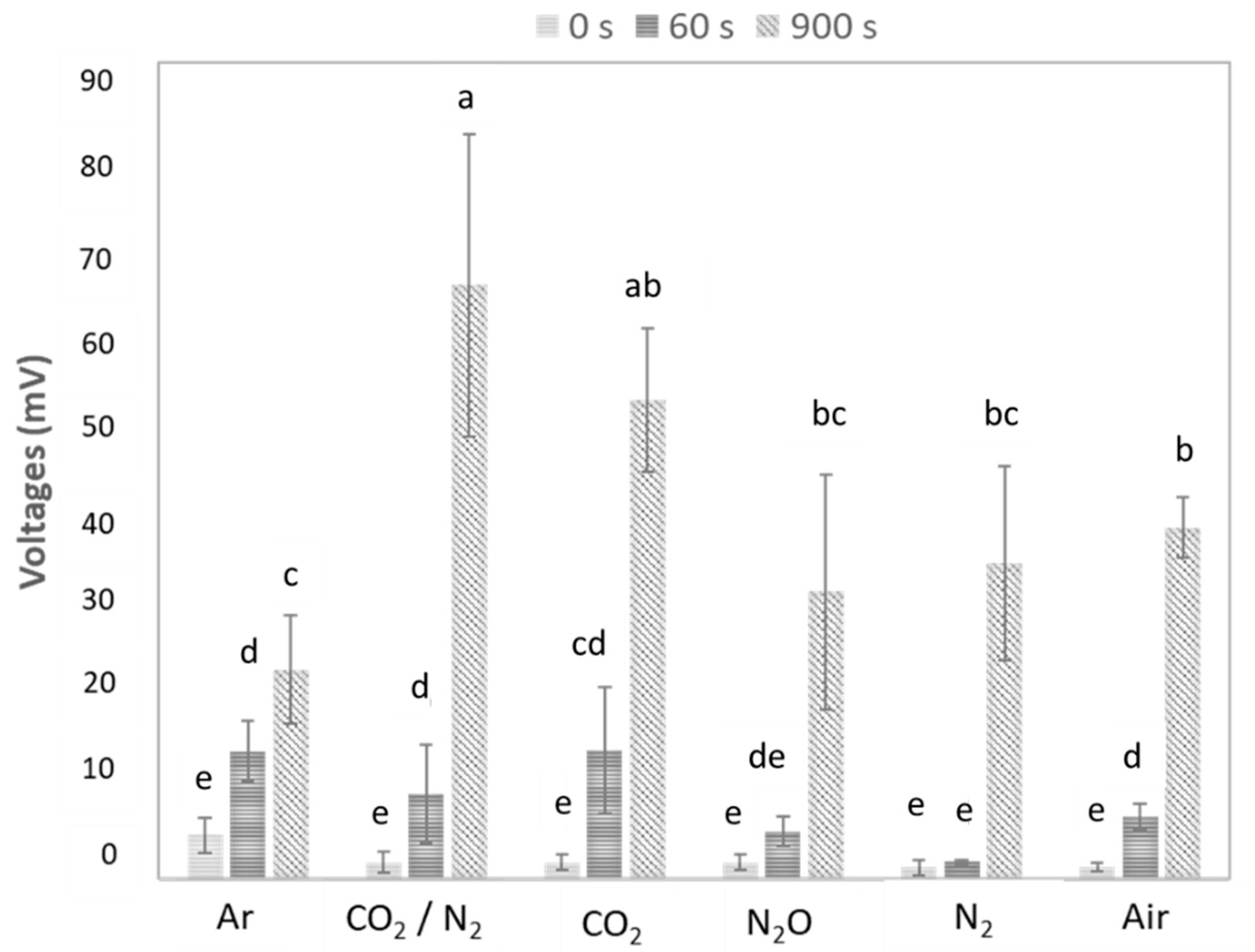

In a range-wide data set of Medicago truncatula, factors that produce heterogeneity are shared between chromosomes, correlate with local gene density, and may be caused by linked selection, such as background selection or local adaptation.

In a global human data set, localized heterogeneity is likely explained by polymorphic chromosomal inversions. We show how to use local PCA to describe this intermediate-scale heterogeneity in patterns of relatedness, and apply the method to genomic data from three species, finding in each that the effect of population structure can vary substantially across only a few megabases. Mean relatedness is an average of the relationships across locus-specific genealogical trees, which can be strongly affected on intermediate genomic scales by linked selection and other factors.

Population structure leads to systematic patterns in measures of mean relatedness between individuals in large genomic data sets, which are often discovered and visualized using dimension reduction techniques such as principal component analysis (PCA).


 0 kommentar(er)
0 kommentar(er)
